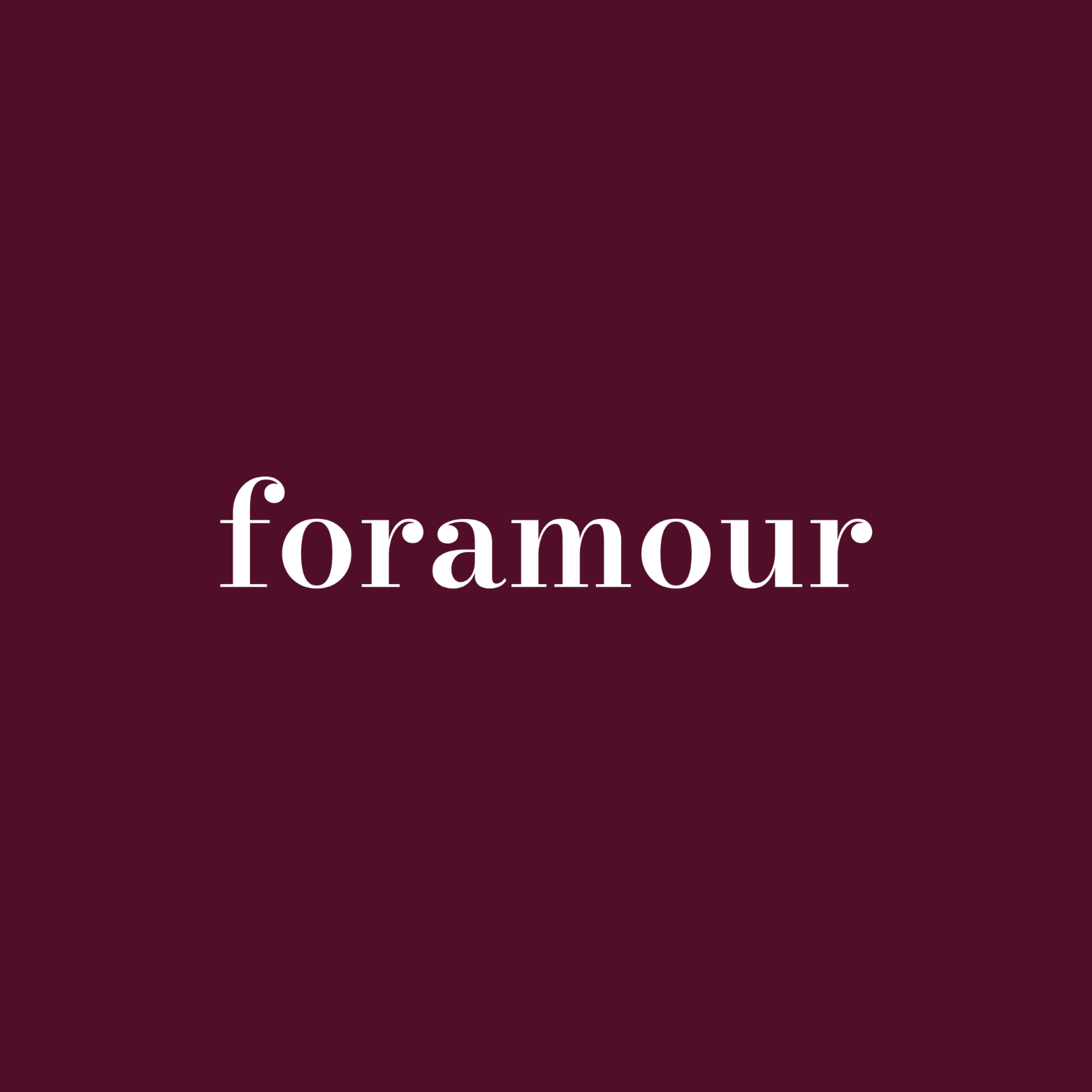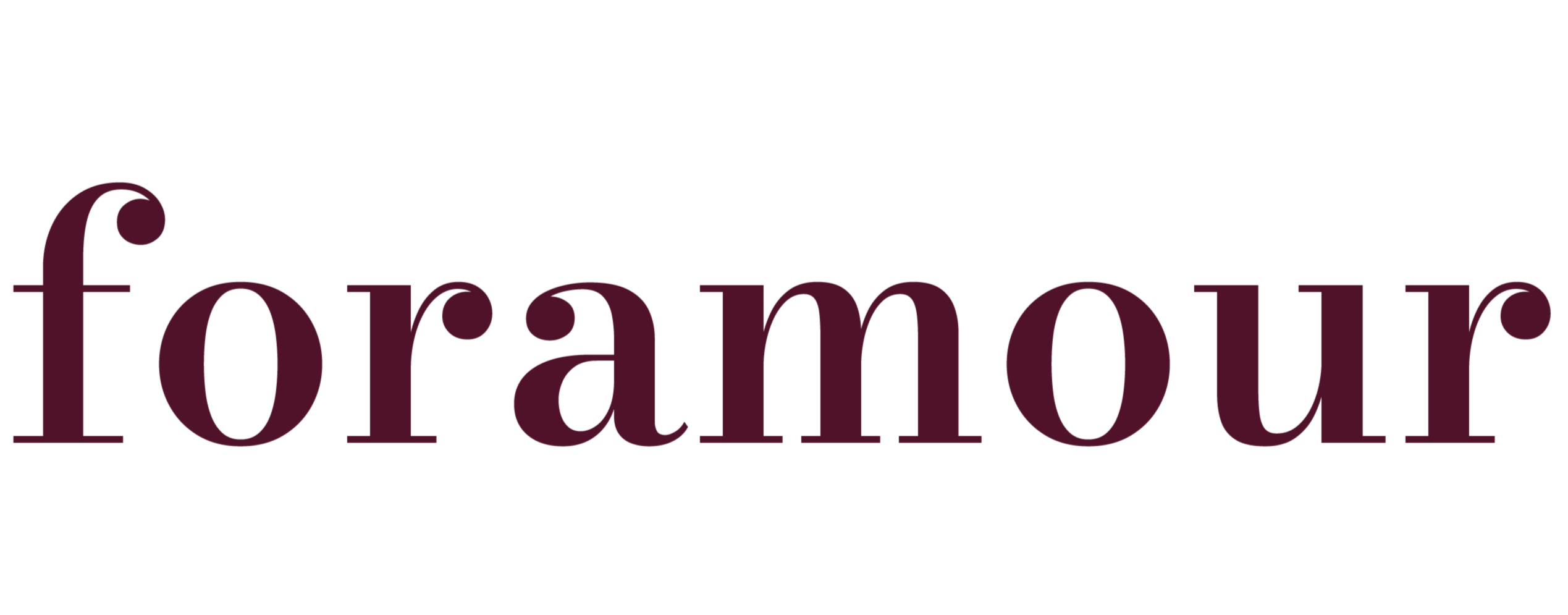
Charm Bracelets Chronicle Personal Milestones Discreetly
Quick Listen:
Imagine a slender gold-plated chain glinting under the lights of a Mumbai street market, its charms a tiny peacock for prosperity, a lotus for new beginnings clinking softly with every gesture. These small symbols aren't mere decorations; they're silent narrators of life's triumphs and trials. In India's vibrant jewelry landscape, charm bracelets are evolving into intimate chronicles, merging ancient cultural motifs with contemporary customization. This trend captures the essence of a market where personal stories intertwine with sustainable elegance, appealing to urban professionals who seek meaning in their accessories.
Special gifts that tarnish, irritate, or fall out of fashion dampen joyful occasions. That disappointment clouds memories meant to endure. Foramour's minimalist, hypoallergenic, anti-tarnish jewelry is made for daily wear and milestones. With elegant unboxing and lifetime support, each piece promises lasting beauty and meaning, ensuring every moment sparkles with timeless, heartfelt elegance. Shop Now!
Charm Bracelets Chronicle Personal Milestones in India's Modern Jewelry Market
As twilight descends on the bustling streets of Delhi, tech-savvy millennials browse online for pieces that resonate beyond aesthetics. They're drawn to jewelry that encapsulates personal journeys, from career leaps to family bonds, all while prioritizing eco-conscious choices. This movement reflects a seismic shift in India's gems and jewelry sector, emphasizing personalization alongside durability. Recent data reveals the Indian jewelry market is poised for robust growth, with revenue projected to hit US$93.03 billion in 2025. On a global scale, the jewelry industry stood at USD 232.94 billion in 2024, anticipated to expand from USD 242.79 billion this year to USD 343.90 billion by 2032, achieving a steady CAGR of 5.10%. Asia Pacific commands a dominant 39.28% share, underscoring the region's pivotal role in driving luxury consumption trends.
Costume jewelry, crafted from affordable materials like base metals and synthetic stones to emulate fine pieces, plays a key part in this accessibility. Valued at $45.2 billion globally in 2023, this segment is forecasted to surge to $86.8 billion by 2033, propelled by a 6.8% CAGR from 2024. Its appeal lies in versatility, allowing experimentation with styles without hefty investments, from casual daily wear to occasion-specific flair. Meanwhile, in the U.S., where influences often echo in Indian trends, the jewelry market was estimated at USD 73.32 billion in 2023, set to reach USD 96.61 billion by 2030 with a 4.1% CAGR, fueled by digital innovation and rising disposable incomes.
Yet, India's narrative is uniquely flavored by tradition and modernity. City dwellers in hubs like Delhi, Mumbai, and Bengaluru are swapping cumbersome ancestral sets for nimble, adaptable designs. The sector's economic impact is evident in exports, which reached US$32.02 billion in FY24, with expectations to climb to US$100 billion by 2027. Contributing around 9% to total exports, this industry highlights India's prowess in cut and polished diamonds and gold jewelry.
Emerging Trends in India's Charm Bracelet Market
The surge in charm bracelets stems from a deep-seated desire for significance in an era of fast-paced change. Millennials and Gen Z, navigating urban pressures, opt for adaptable accessories suitable for boardrooms or festivities. India's jewelry market thrives on middle-class expansion, urbanization, and digital integration, fostering demand for bespoke items where charms incorporate zodiac elements or monograms.
Sustainability emerges as a cornerstone. Artisans increasingly utilize eco-friendly resources such as recycled metals and natural fibers to reduce environmental footprints. Studies leveraging AI for design optimization reveal that renewable materials often surpass conventional ones in ecological benefits. This dovetails with worldwide costume jewelry patterns, where ethical sourcing and customization engravings or modular charms boost appeal. In humid Indian climes, the quest for hypoallergenic, anti-tarnish jewelry intensifies, elevating searches for demi fine options that promise skin safety and longevity.
Innovators are rising to the occasion. Demi fine jewelry, typically gold-plated via PVD for enduring shine, strikes a balance between opulence and affordability. Queries for "anti tarnish jewellery India" and "skin safe jewellery" reflect a market craving resilient, non-irritating pieces. Globally, escalating incomes and women's workforce engagement rising to 46.3% in 2021 amplify this shift toward premium yet practical luxury. The bracelet segment alone illustrates this: valued at USD 2.68 billion in 2025, it's projected to grow to USD 4.19 billion by 2034 at a 5.13% CAGR, driven by personalization and e-commerce.
Real-World Examples & Applications
In the lively bazaars of Mumbai or Bengaluru's innovation corridors, jewelers establish customization kiosks, enabling patrons to infuse motifs like the lotus symbolizing purity or the peacock denoting grace. In tier-2 locales such as Jaipur's gem enclaves or Lucknow's craft heritage, adoption grows, fusing charms with classic bangles for a hybrid appeal. Regional dynamics play in: southern states exhibit higher per capita gold consumption, while northern areas show varied patterns.
Foramour, a premier Delhi gifting studio, embodies this ethos. Every creation mirrors affection, narratives, and sophistication, tailored for today's women with minimalist, hypoallergenic, anti-tarnish designs built for endurance. Featuring 18k gold PVD bonding, a one-year warranty, and elegant packaging, they elevate gifting to an emotional ritual. Envision revealing a bespoke charm bracelet, complete with lab certifications and a money-back assurance transforming it into a cherished keepsake. Brands like this excel in online demi fine spaces, providing waterproof, anti-allergic choices for routine elegance.
Gifting amplifies resonance. From anniversary treasures to birthday delights, charm bracelets integrate effortlessly, enhanced by DIY features like selectable charms. In cultures where gold gifting prevails mirroring Indian festival customs these add individualized zest. The broader gifting market in India, valued at USD 75.16 billion in 2024, is slated to reach USD 92.32 billion by 2030 at a 3.55% CAGR, with jewelry forming a substantial portion.
Key Challenges & Limitations
Challenges abound, however. Affordability remains a barrier; while elite city folk embrace premium affordable options, broader segments resist due to cost perceptions, favoring bulk alternatives. Charm bracelets, still emerging against entrenched gold preferences, demand awareness drives through digital channels. Counterfeiting exacerbates distrust, with illicit trade pegged at nearly Rs 8 lakh crore across key sectors, urging stringent measures. FICCI's initiatives combat smuggling and fakes, advocating international cooperation.
Platforms like Myntra broaden access yet harbor duplicates, necessitating scrutiny. Nonetheless, resilience shines: gold jewelry consumption by value is expected to rise 12-14% in FY2026, buoyed by price gains despite volume dips.
Opportunities & Business Impacts
Digital avenues teem with potential. More than half of discoveries occur via social media, with Instagram Reels and Pinterest captivating urban women in their 20s and 30s. Female e-commerce participation has surged 34% year-over-year, signaling robust online engagement. India's online jewelry market exceeded billions in 2025, propelled by digital platforms. Brands capitalize by narrating tales, blending Indian emblems like Om or elephants with universal styles.
Gifting propels sales, syncing with nuptials and achievements. For ventures like Foramour, branding as India's luxury gifting authority entails spotlighting sustainability, bespoke options, and perpetual assistance. Their customizable, durable charm lines noble as gold, with DIY allure tackle durability concerns, fostering devotion.
Commercially, India's gems and jewelry market, at USD 90.40 billion in 2024, eyes USD 150.10 billion by 2033 at a 5.20% CAGR. Globally, personalized jewelry reached USD 42,512.2 million in 2024, advancing at 8.60% CAGR through 2031. This favors pioneers merging slow fashion with inspired demi fine creations.
Future Outlook
As India steers through its jewelry revival, charm bracelets emerge as potential legacies, linking legacy with ambition. Projections indicate personalized categories securing 8-10% of urban sales by 2030, spurred by AR fittings and green advancements. Brands should harness Instagram, LinkedIn, and Twitter for campaigns touting heartfelt gifts, from girlfriend jewels to bridesmaid ensembles.
Diving into these dynamics, as explored in this analysis of Charm Bracelets Chronicle Personal Milestones in India's Modern Jewelry Market, reveals that these understated emblems do more than grace arms they inscribe existences. With Foramour pioneering refined, tailorable splendor, the horizon sparkles with promise, charm by charm.
Frequently Asked Questions
What makes charm bracelets popular in India's modern jewelry market?
Charm bracelets have gained popularity in India because they allow urban professionals to create personalized narratives through jewelry, incorporating cultural motifs like peacocks for prosperity and lotus flowers for new beginnings. They offer versatility for both boardroom settings and festive occasions, while being more adaptable than traditional heavy ancestral jewelry sets. The trend reflects millennial's and Gen Z's desire for meaningful accessories that chronicle personal milestones and career achievements.
Are charm bracelets in India made with sustainable and skin-safe materials?
Yes, modern charm bracelets in India increasingly prioritize sustainability and skin safety. Artisans are using eco-friendly materials like recycled metals and natural fibers, while brands offer demi-fine jewelry with 18k gold PVD plating for anti-tarnish properties. Many Indian consumers specifically search for "hypoallergenic jewelry" and "skin safe jewellery" due to the humid climate, leading to waterproof, anti-allergic options that combine durability with environmental consciousness.
How big is the charm bracelet and personalized jewelry market in India?
India's jewelry market is projected to reach $93.03 billion in 2025, with personalized jewelry categories expected to capture 8-10% of urban sales by 2030. The global bracelet segment alone is valued at $2.68 billion in 2025 and projected to grow to $4.19 billion by 2034. India's gems and jewelry exports reached $32.02 billion in FY24, with expectations to climb to $100 billion by 2027, highlighting the significant growth potential in customized jewelry segments.
Disclaimer: The above helpful resources content contains personal opinions and experiences. The information provided is for general knowledge and does not constitute professional advice.
You may also be interested in: Custom Charms Positioned as Future Heirlooms – foramour
Special gifts that tarnish, irritate, or fall out of fashion dampen joyful occasions. That disappointment clouds memories meant to endure. Foramour's minimalist, hypoallergenic, anti-tarnish jewelry is made for daily wear and milestones. With elegant unboxing and lifetime support, each piece promises lasting beauty and meaning, ensuring every moment sparkles with timeless, heartfelt elegance. Shop Now!
Powered by flareAI.co
Share


